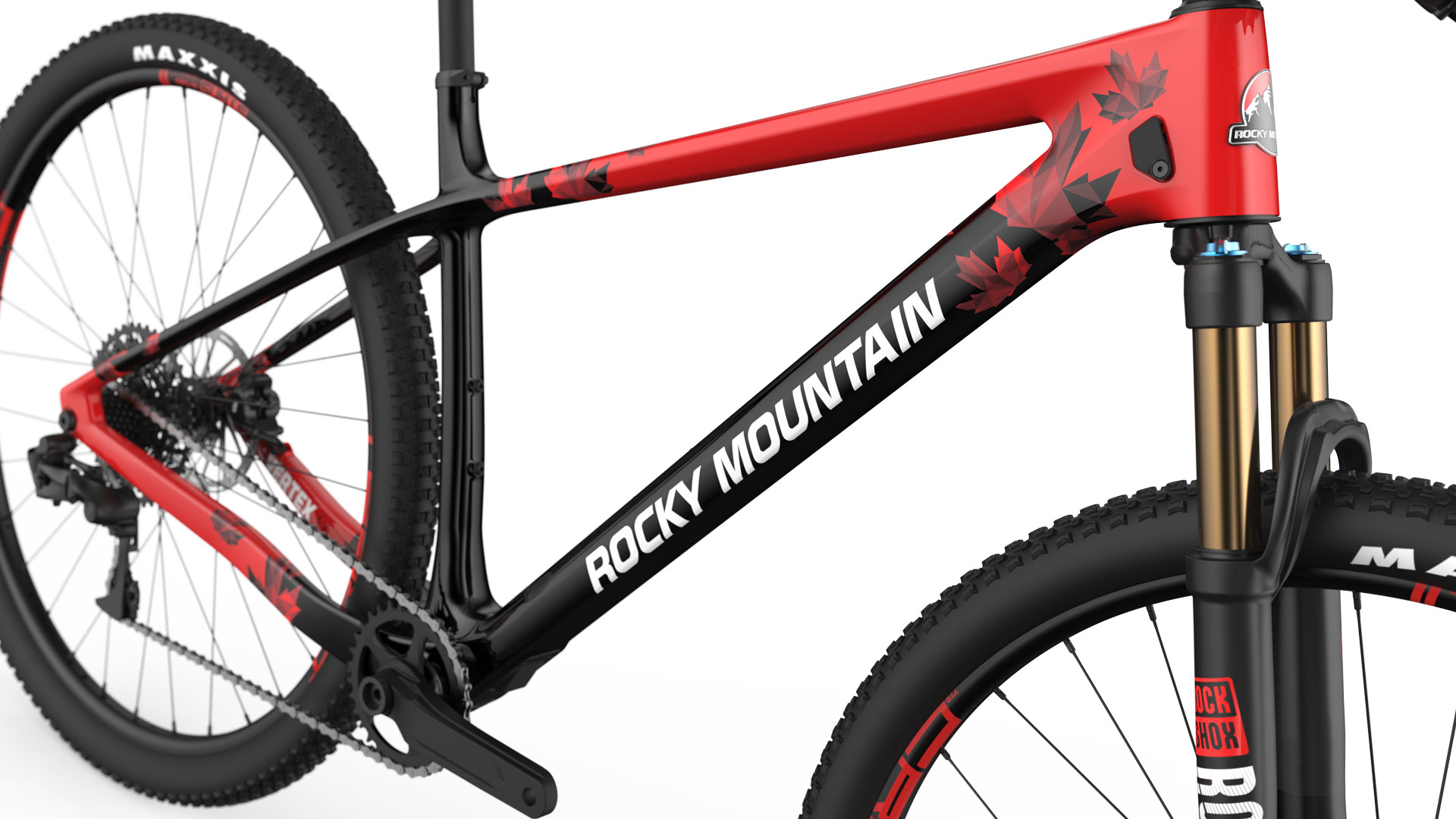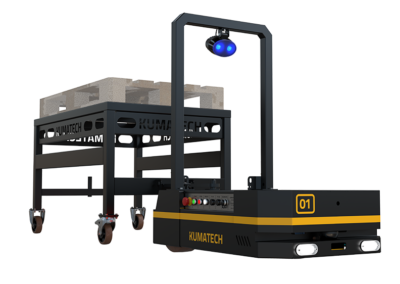Vancouver-based Rocky Mountain Bicycles has been developing high-performance mountain bikes since 1981, with a rapid, creative R&D process that allows them to continually deliver innovative technology and improve the ride. They use KeyShot to communicate and iterate on detail throughout the design and engineering process, creating visuals to get product to market faster. We talk with Industrial Designer, James Mallion, to learn more about how they use KeyShot.
bikes.com
 What first sparked your interest in product design and lead to working with Rocky Mountain?
What first sparked your interest in product design and lead to working with Rocky Mountain?
Designing and making things have just always been what I wanted to do. I trained as an Industrial Designer and worked in the UK and Germany in product, packaging, and automotive design before heading over to Canada in search of adventure. When I found out Rocky Mountain was looking for another engineer for their team but didn’t have an Industrial Designer, I sent over my portfolio and, luckily for me, it worked out!
What is unique about the design process at Rocky Mountain?
We are a small team of dedicated cyclists with the North Shore as our playground and testing ground. We make and test our ideas quickly and have a talented group of engineers who can dial a bike to ride just the way we want it to and a team of athletes who give great feedback on all the little details that are needed to improve on what we have. That makes my job as a designer really easy because I have all the resources to draw on to create the bikes we want to ride.
 Where along the process is KeyShot used?
Where along the process is KeyShot used?
As soon as we have the basic 3D model from PTC Creo we start to view it in KeyShot. It’s an invaluable tool to look at the frame in context and refine the design and communicate design changes and details to our engineers. It has also allowed us to experiment at a much earlier stage with the graphics as part of the complete product.
What projects KeyShot has been used on?
We’ve been using KeyShot in our process since 2015 so it has played a part in the development of all our current generation platforms. Slayer, Altitude, Instinct, Thunderbolt, Element, Vertex, and Altitude Powerplay. We have expanded our use of KeyShot to the graphics department more recently, so it will also have an influence on the paintjob approach for new platforms that will be released starting next year. You’ll have to keep an eye out to see them once they are launched!
How has KeyShot helped save time, money and/or improve quality?
Because it is so quick to use, we use KeyShot when creating internal and external documentation and it has brought a much higher level of quality and clarity to these communications. KeyShot makes it possible to include renders in our sales sheets before we have bikes available to photograph, allowing us and our distributors to showcase what the products will look like with our global network of dealers. This really helps us with booking orders as simple line drawings do not cut it for a majority of our partners, and KeyShot allows us to give them a much better idea of what to expect.
What advice would you give to someone interested in doing what you do?
Design lots of different things. I came from a consultancy background so I appreciated the ability to work on a really diverse range of projects. The principles of good design apply everywhere; listen to people, observe, understand what’s needed, get creative and then test your ideas to see if they work. If you can apply good design to a product which you aren’t the target market for, it makes it even cooler when you get to design something you love.















